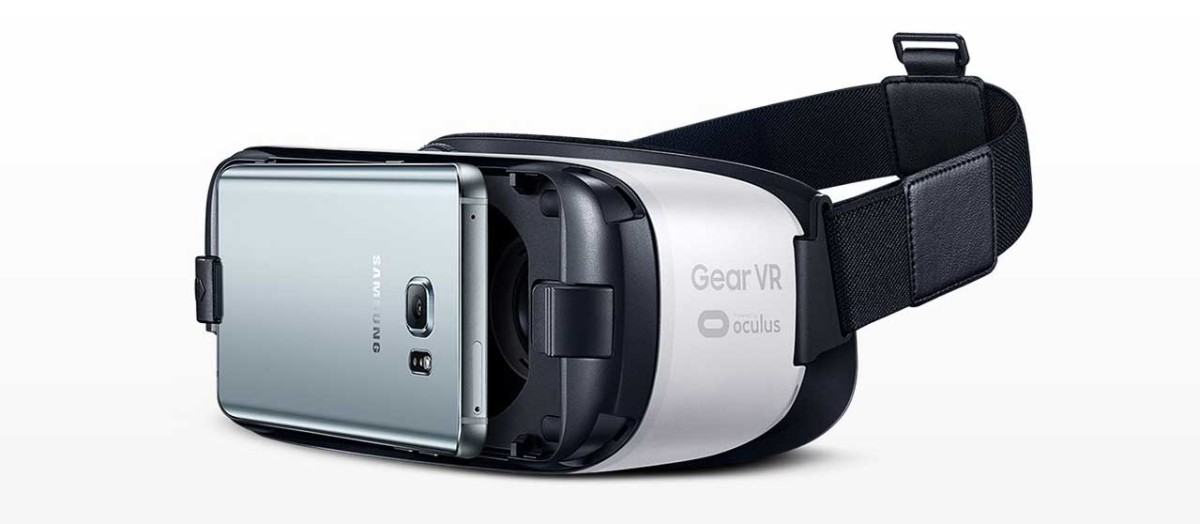2016 is, no doubt, the year of Virtual Reality (VR).
Last November, Tencent unveiled its plan to develop Virtual Reality. It had previously invested in Epic Games and Altspace VR.
But what will VR look like for WeChat and messaging in general?
What’s the difference between VR and AR?
- Virtual reality means (VR) you put on a headset and then are immersed in a different place / world
- Augmented reality (AR) enables you to see the world around you but add additional information and objects (you could see a person next to you while he/she is not here physically)
Augmented Reality (AR) messaging already exists
For many people today, VR and AR are only entertainment technologies for gamers.
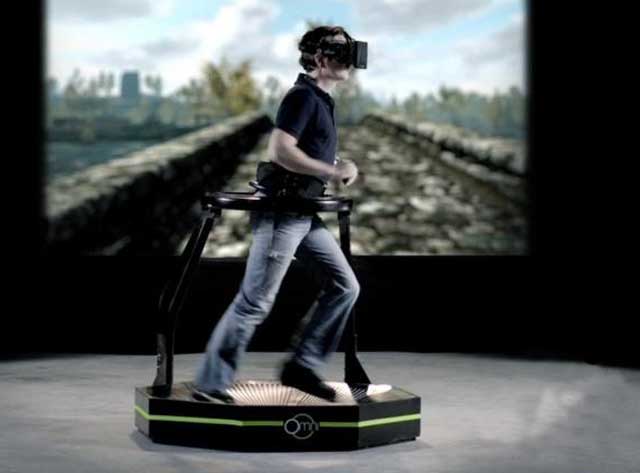
But VR goes way beyond that. And the applications are starting to emerge using VR for messaging.
One of the first one: Traces.
Traces enable users to leave “Augmented Reality messages” to their friends. The messages appear as small bubbles which friends can find in the real world.
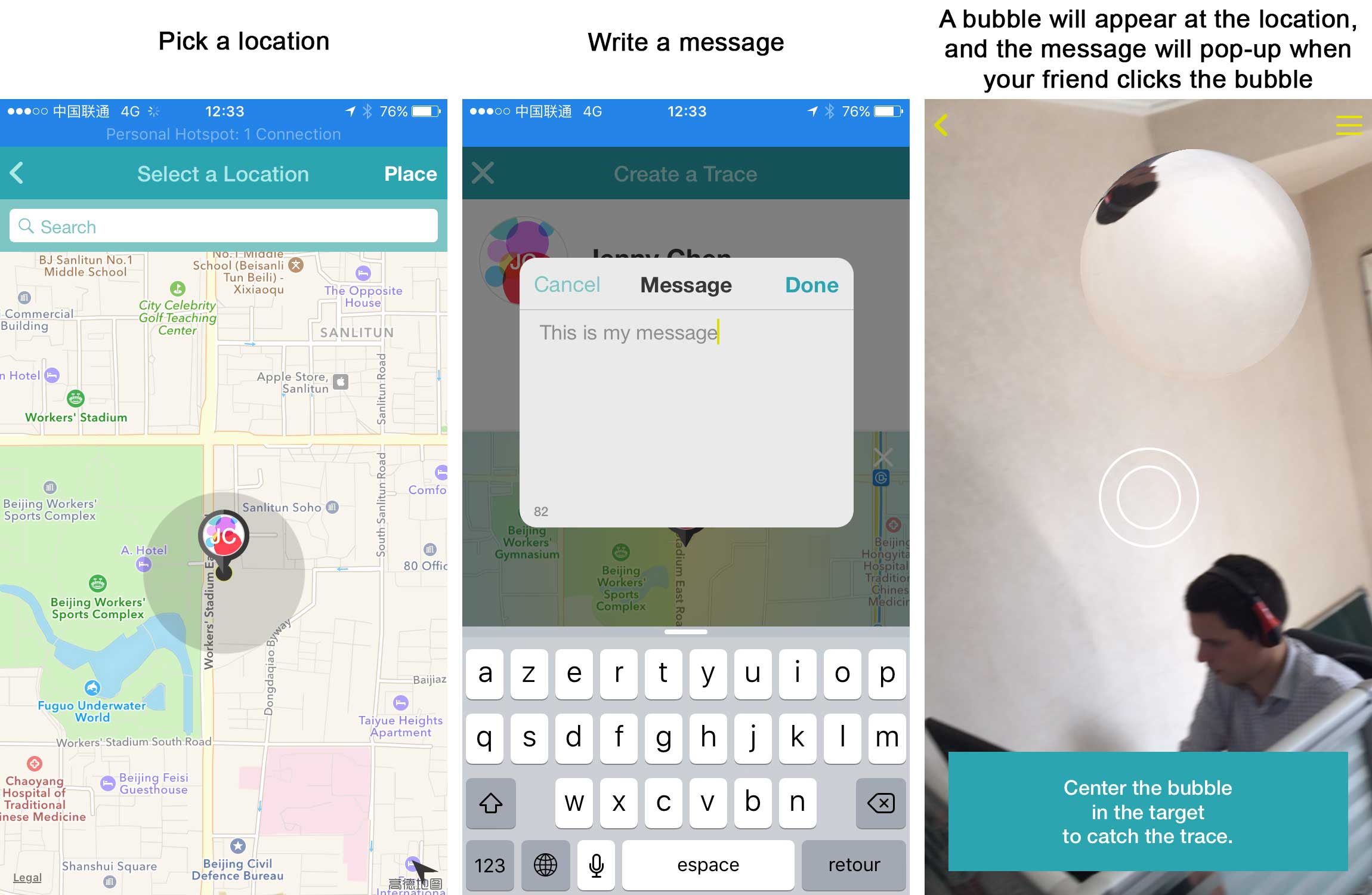
Today, most users would have to hold their phones in order to see the messages, but things will get more interesting once we are all wearing AR goggles.

You will then see the messages appear in front of our eyes. It could be a small note left by your boyfriend or girlfriend at home, or on your way to work. Very personal and customised forms of communications will be digitized.
VR social networks already exist too!
AR messaging is cool, but WeChat is more than a messaging APP, it is also a social network.
Well, it turns out VR social networks also exist. The first one is called vTime.
vTime allows you to casually hang out with friends in a virtual environment, under the appearance of a 3D avatar.

This type of applications is often considered to be the next frontier in terms of social networking, and one of the reasons why Facebook spent 2 billion dollars to purchase Oculus Rift.
What about reality e-commerce? You guessed… it already exists
The e-commerce company Retale already developed an application for Oculus Rift.
The application enables to visit a “virtual showroom”, browsing for deals in a 3D environment.
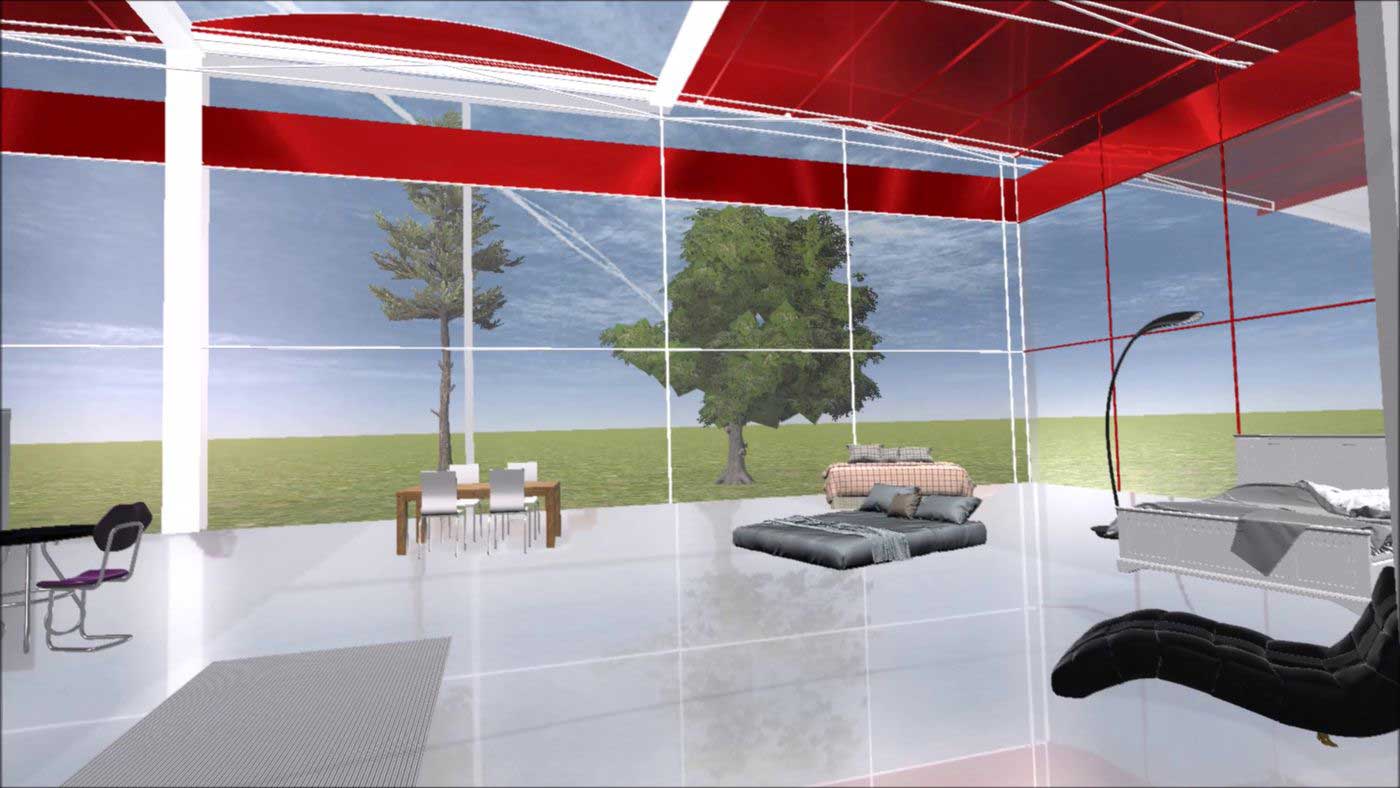
Retale already signup at least 3 of its major partners into the APP: Target, JCPenney, and Macy’s.
VR for mobile is already on market!
The big challenge for VR, in order to go beyond a couple of gamers, is to become mobile.
Fortunately, mobile VR is, as of this year, already reaching mass market! All Samsung Galaxy S7 pre-ordered shipped with a VR headset.
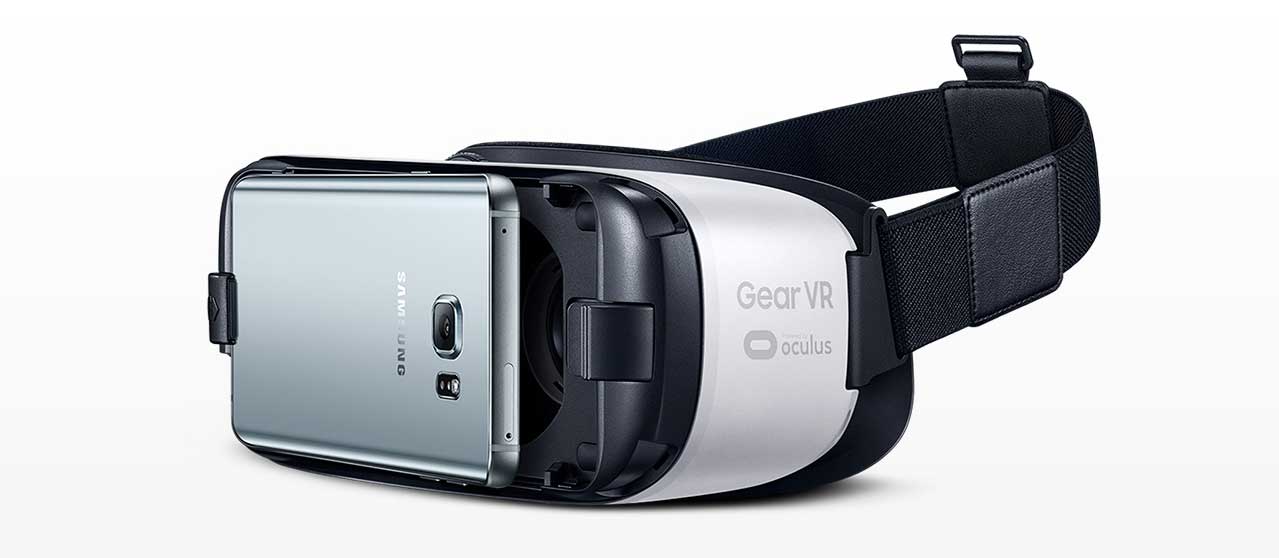
The concept is simple: just strap your phone into the headset and start experiencing immersive VR.
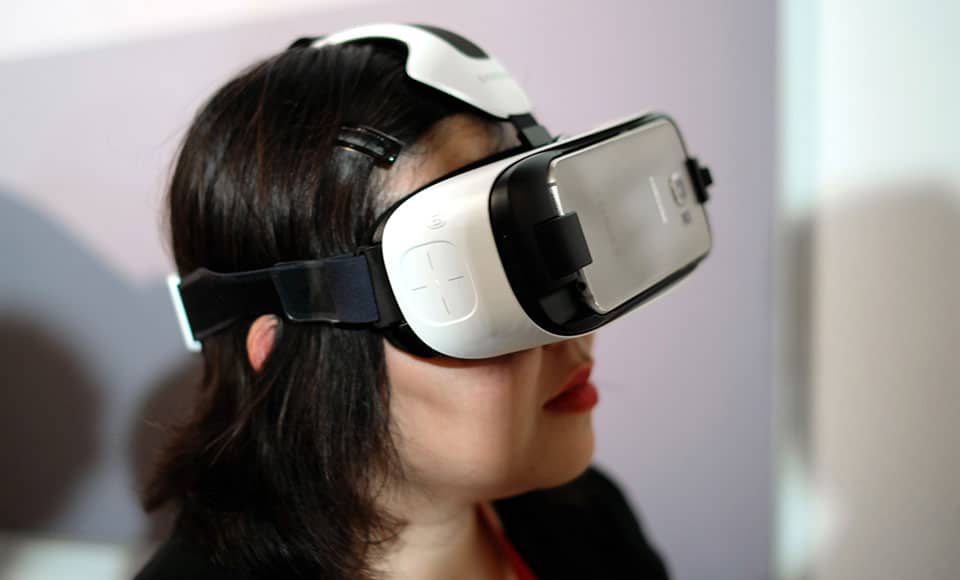
This is the very type of technology which will enable the vast majority of users to get into VR… which means the technology will become very meaningful for WeChat
So, what’s in it for WeChat?
Looking at these real-life applications, it is very easy to match them to current features of WeChat, and thus to understand how WeChat will integrate VR and AR:
- Instead of hanging around with your friends in WeChat group, you’ll get to interact with them directly in virtual worlds
- You will replace the voice messages you are sending to your friends by little “bubbles” or items they will be able to find and open as they browse their augmented reality world
- E-commerce on JingDong and Taobao will be replaced by an immersive experience visiting virtual showrooms
Will VR connect or separate people?
This all sounds very exciting, but even VR has its sceptics. Last February in Barcelona, a photograph of Facebook’s CEO Mark Zuckerberg sent a chill down the spine of many.
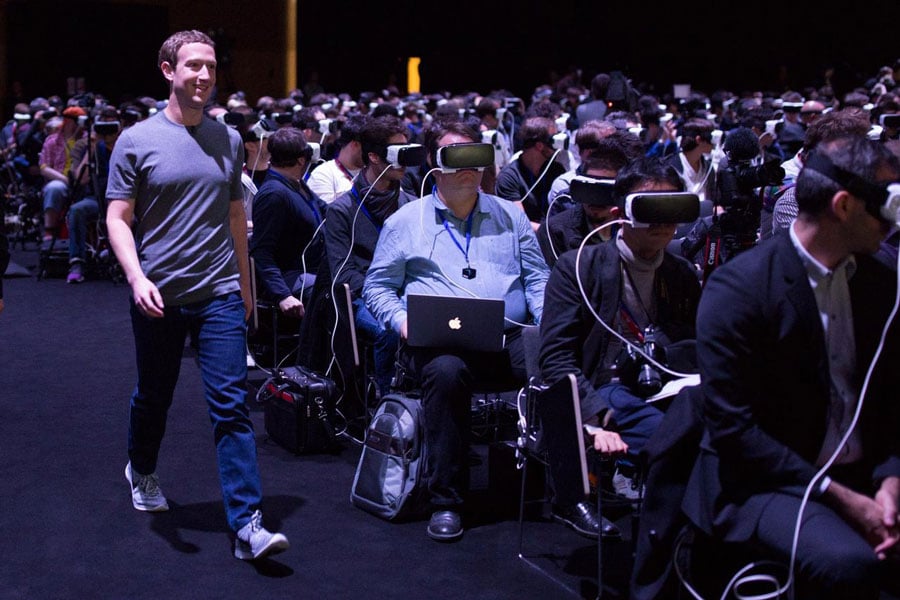
The photograph can be interpreted as a glimpse of a dystopian future. But it doesn’t have to.
For the past decade, there has been debate about whether Facebook and social networks have helped separating people or bringing them together. Now this debate is shifting toward VR.
But more than a breaking point, Virtual Reality is part of a continuum. It is helping to take existing social networks to the next level, enabling them to be spaces for more human and emotional connections.
At least we hope so.

